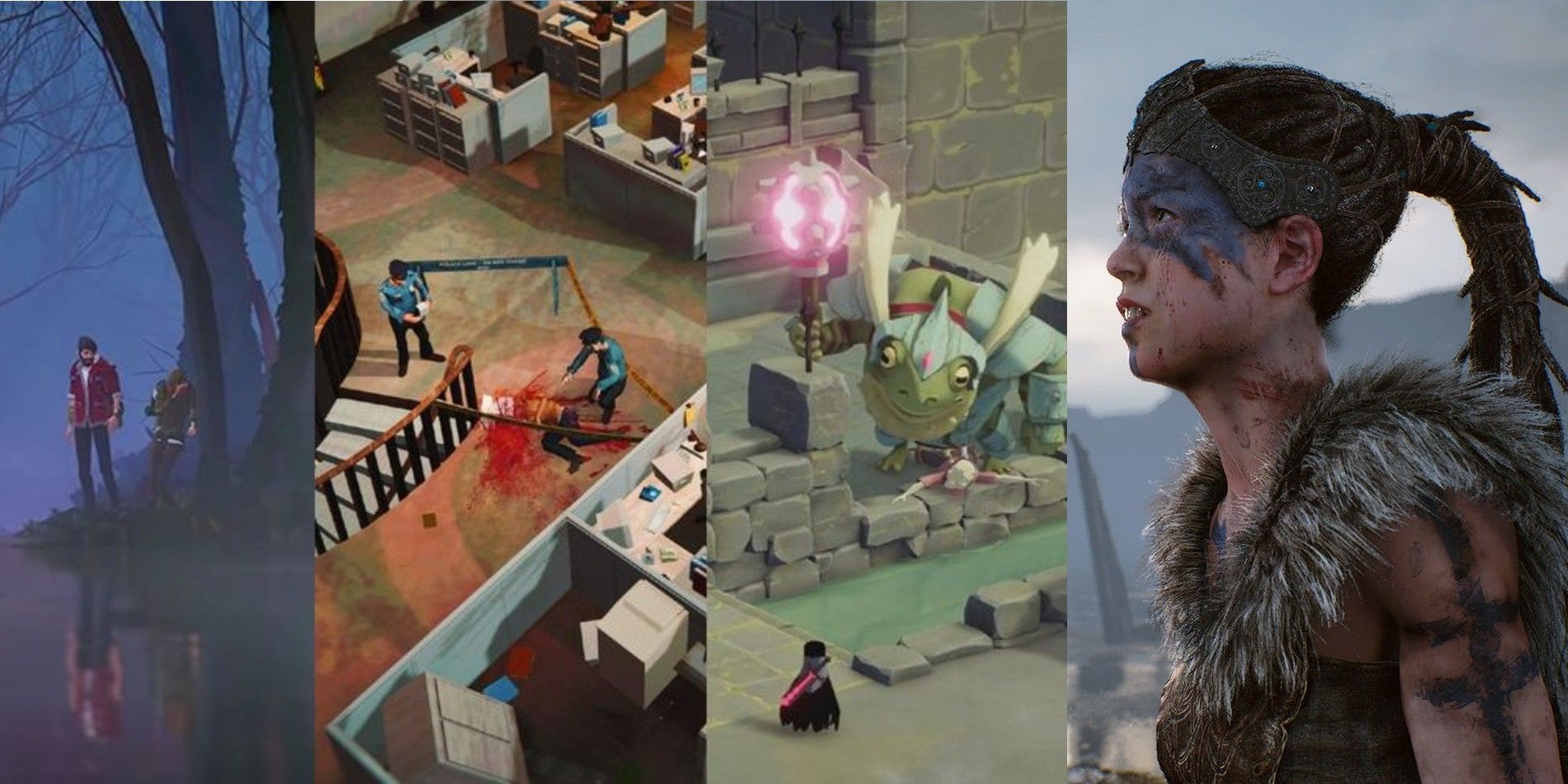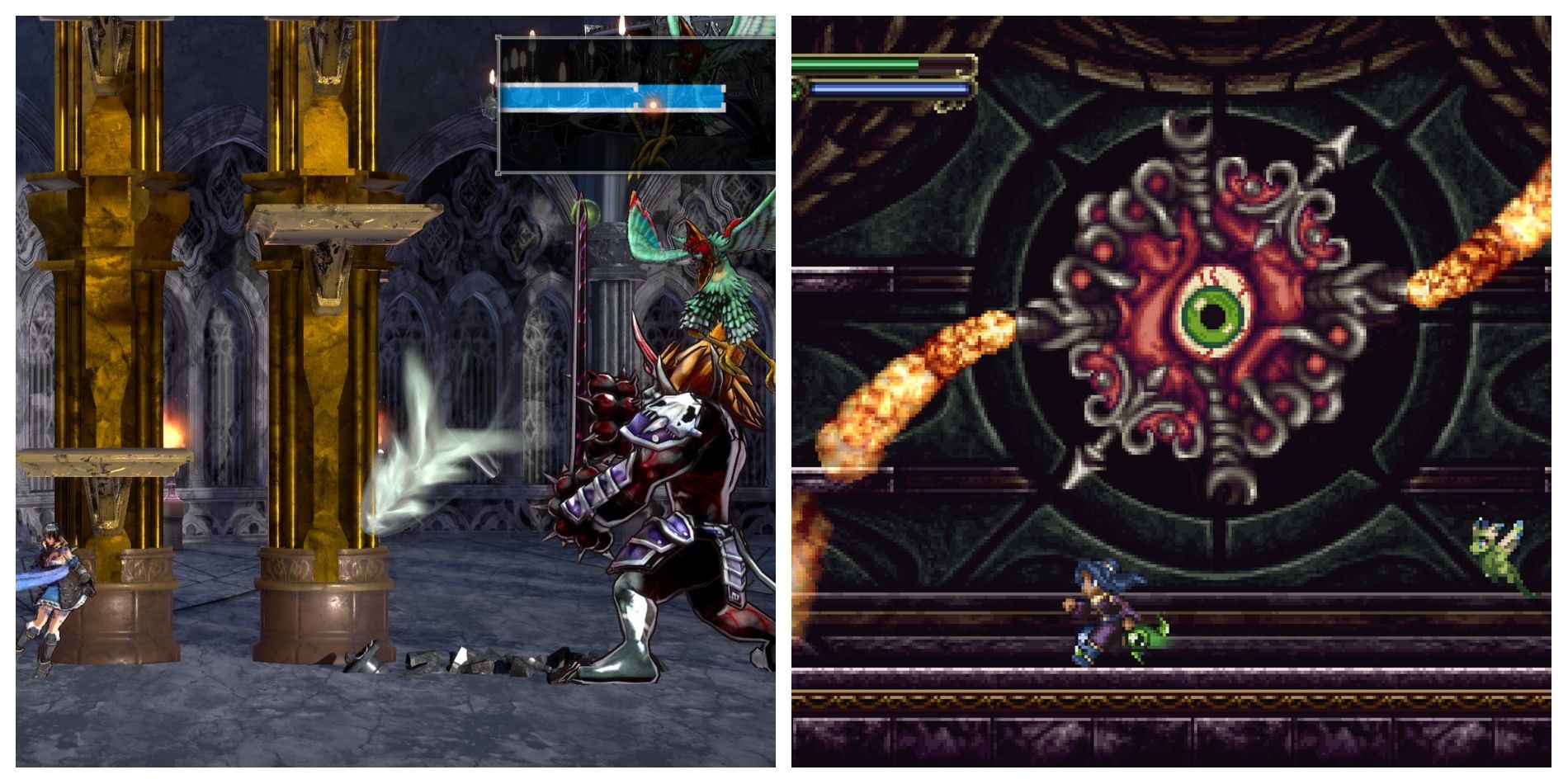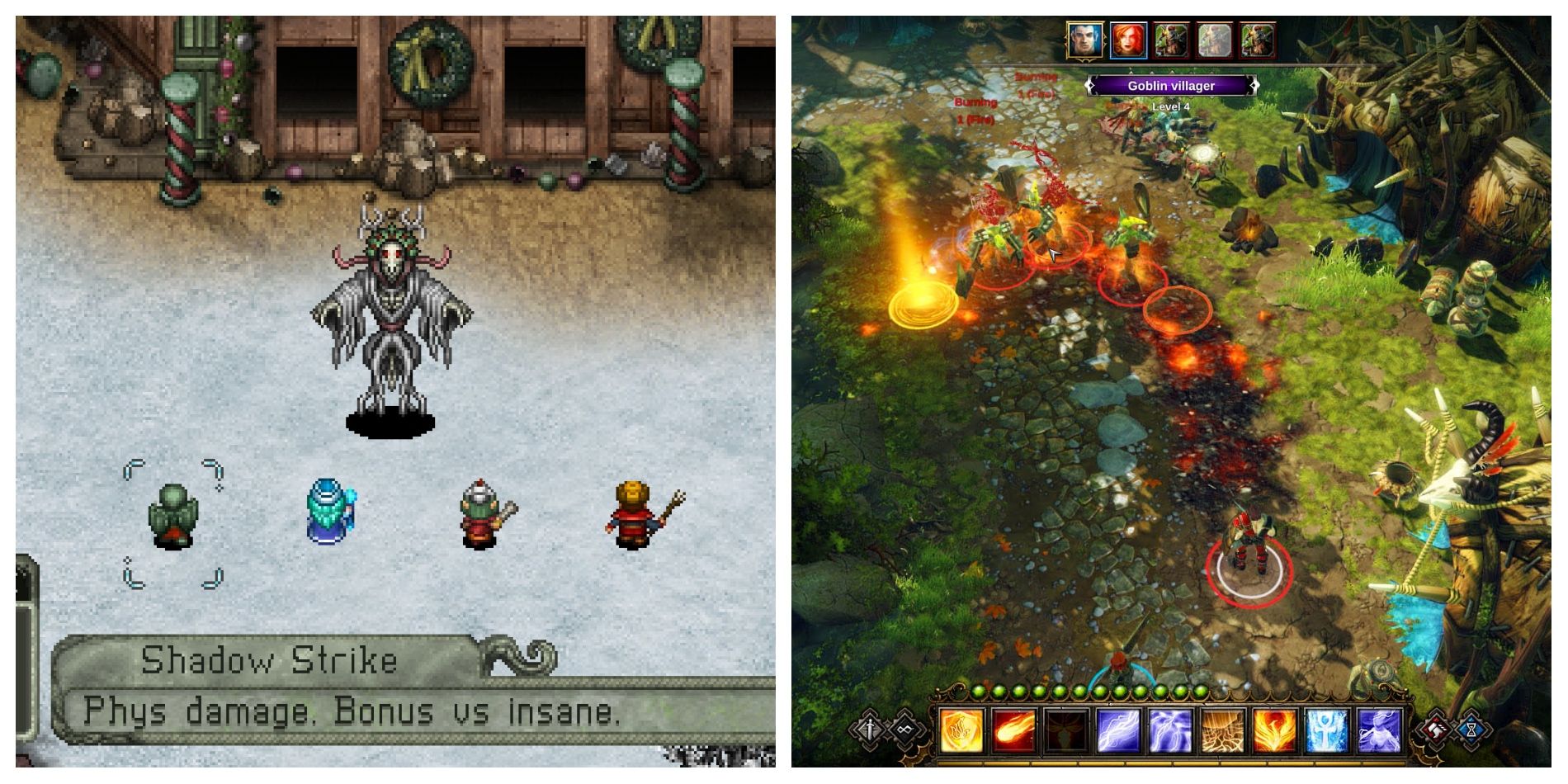
The term "indie game" once held a clearer meaning, but over time, it has lost its usefulness. In a literal sense, an independent games is any game created without the financial backing and other resources of a large publisher, but gamers associate indie with a number of things, like small studios working with limited budgets, games that are retro-styled, games that offer highly individualistic stories, and "arthouse experiences." With crowdfunding extending the budget of indie games into the millions in some cases, publishers providing otherwise independent studios with added financial backing, and independent studios being bought out by major publishers, the definition has become even blurrier. The gaming community would benefit more from a distinction instead based on the size and scope of a project, as "indie" has lost any consistent meaning.
Recently, many independent studios have spoken about the difficulties indie devs face within the PlayStation ecosystem. The complaints include the opaque process of adding indie titles to the PlayStation Store, difficulty obtaining promotion, and even the inability to discount their own games without approval from Sony. Some indie games, however, like Shovel Knight, Minecraft and Bloodstained: Ritual of the Night, are highly visible on the PlayStation Store and have received well-advertised discounts in the past. Regardless of Sony's policies, this disparity points to a gulf between small-budget indie titles and games with bigger budgets and more experienced developers, as well as indies whose notoriety has placed them at the same level as AAA games, compared to the indies that struggle for exposure.
The function of the term "indie game" has always been closer to a marketing "tag" than anything else. "Independent game" is not a genre, as it covers a wide variety of game types, but indie has been treated as just that, in some cases. Some gamers are drawn to indie titles because they want to support the efforts of up-and-coming developers, or simply because they want to experience games with a unique vision set apart from the sometimes homogenous AAA scene. The eroding consistency of what it means to be indie makes its use as a descriptor less useful for prospective players, though the industry may have reason to continue to apply it, as opposed to a more elaborate disclosure of the budget of each game and the experience of its developers.

Bloodstained: Ritual of the Night, a spiritual successor to Castlevania: Symphony of the Night, was developed by a former Castlevania series producer. It raised more than $5 million in its Kickstarter campaign. The end result was a generally well-received, Symphony of the Night-style 2D Metroidvania game using 3D graphics. This stands in contrast to Lunar Ray Games’ Timespinner, another game heavily inspired by Symphony of the Night that raised close to $180,000 on Kickstarter. Timespinner was also well-reviewed but received far less exposure than Bloodstained. Both are considered "indie," but there's a wide gap in professional experience and budget between them - which also coincides with the difference in how these games are featured in storefronts.
Mighty No. 9 was another high-profile indie title, a spiritual successor to Mega Man led by Capcom alum Keiji Inafune. Unlike Bloodstained, Mighty No. 9 received poor reviews, but it still had a much higher budget and more attention paid to it than other indie, Mega Man-inspired games, like 20XX. Some consider Divinity: Original Sin to be an indie game, as it was self-published by developer Larian Studios. But at the time, Larian was already an established developer with a multimillion-dollar budget - including $1 million raised through Kickstarter - and Original Sin was the fourth game in the Divinity RPG series. Budget and developer experience set Original Sin apart from what some would consider "truly indie" RPGs, like Zeboyd Games’ Cosmic Star Heroine and Cthulhu Saves Christmas.
The recent success of Hellblade: Senua's Sacrifice added the seemingly incongruous term of "independent AAA," as commercial director Dominic Matthews called it (via Eurogamer), to the mix. Ninja Theory’s psychological 3D action game was created with a budget of under $10 million and a team of about 20 people, according to USgamer. While far less than what would be allocated to the development of a traditional AAA game, this is still well beyond the small budgets and team sizes working on lesser-known indie titles. Microsoft recently purchased Ninja Theory, so it now acts as a first-party development studio, and Microsoft previously bought Mojang, developer of perhaps the most notable indie success ever, Minecraft.

The term indie game, while flawed, might still have some uses. Regardless of the scale of a project or the inherent level of attention it receives, an independent game suggests an independent vision, more tied with the goals and drives of its creators than corporate mandates from a publisher concerned with the bottom line. While often difficult to determine what effect publishers have on the final outcome of a game's development, some fans feel the shift is obvious in some cases; many feel BioWare's games suffered after being bought by EA, for example. The developer’s previously solid track record of quality single-player RPGs was particularly marred by Anthem, an ambitious but ultimately flawed attempt at combining BioWare's signature style with an always-online format and "games as service" elements. That said, while the notion of "indie spirit" may be a talking point at both indie and AAA studios, some AAA games from major publishers do still adhere to the personal visions of their creators, and some games defined as indie follow a cookie cutter, market-driven approach.
The gaming community would be better served by moving away from the term "indie game," instead shifting focus to the scope of a specific project. Publishing model has less to do with what makes a game "indie," so discussion of whether a particular game has large budget, a moderate budget, or barebones financing is of more benefit, just as the size and experience of its dev team is also worth consideration. As Sony comes under fire for its handling of indie games, the distinction that small-scale games are hurt most by these policies helps clarify the issue. It would benefit consumers as well as digital storefronts to find a better way to distinguish games, rather than using the catch-all "indie game," going forward.
https://ift.tt/3k1XQAt
July 10, 2021 at 12:55AM





